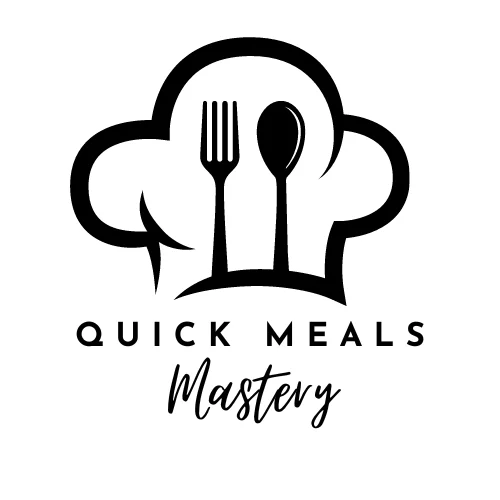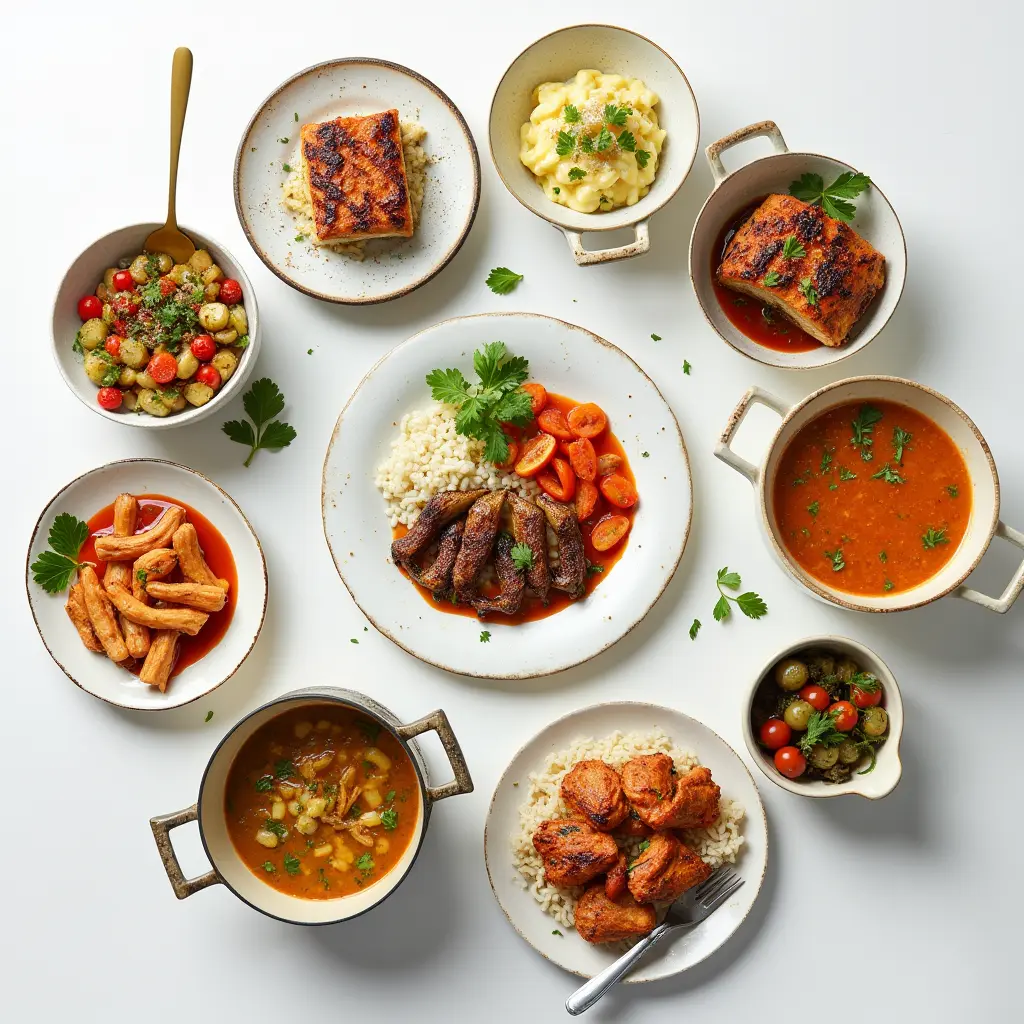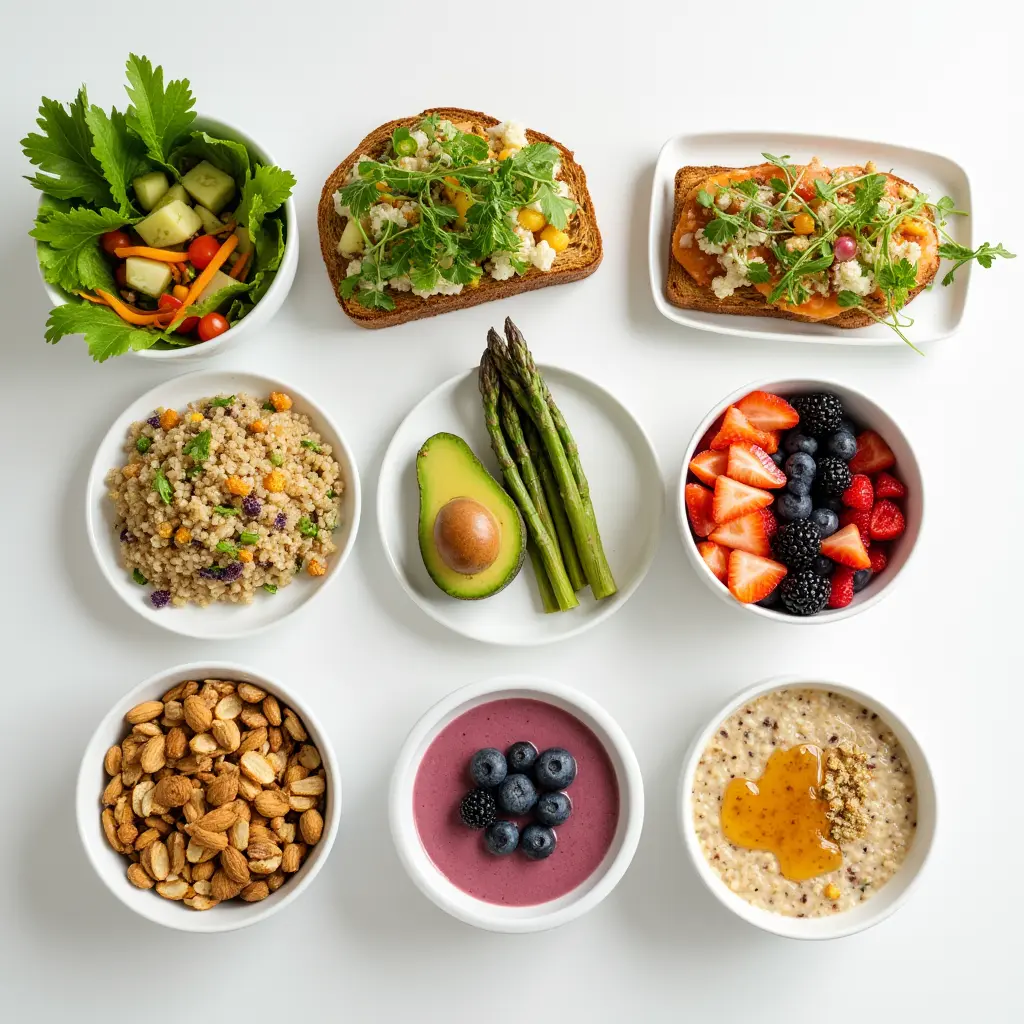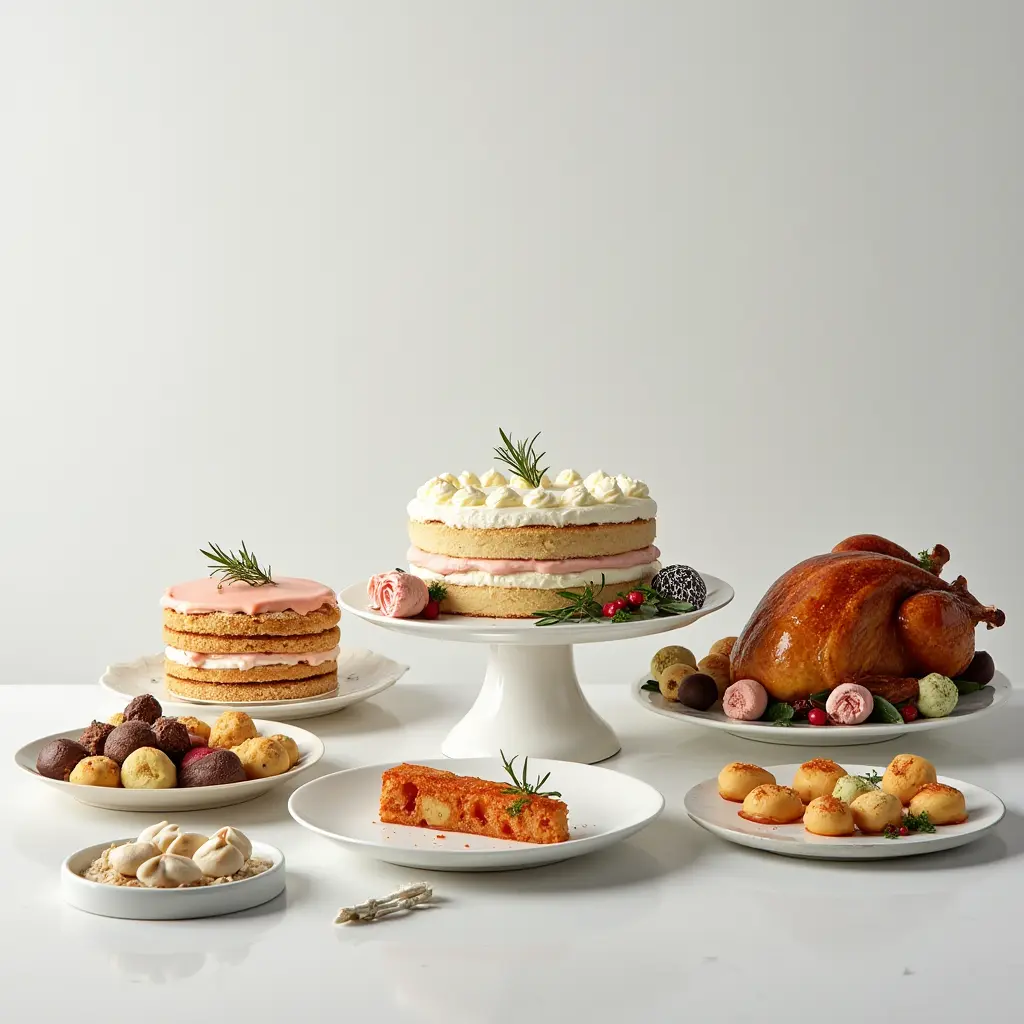Recipes by Category
Recent Recipes
Irresistible Crack Sticks: 6 Addictive Bites You’ll Love to Snack On
Try these Irresistible Crack Sticks – a crispy, cinnamon-sugar treat that's easy to make and impossible to resist! ...
S’mores Protein Balls: 6 Guilt-Free, Irresistible Bites to Enjoy
Enjoy these no-bake S’mores Protein Balls – a delicious, healthy snack packed with chocolate, graham crackers, and marshmallows! ...
Oven Roasted Vegetables: 7 Flavorful, Healthy Bites You’ll Love
Learn how to make the best oven roasted vegetables with simple ingredients and expert tips for perfect flavor and texture ...
Peppermint Oreo Bark: 6 Festive, Irresistible Bites to Love
A festive and easy Peppermint Oreo Bark recipe! Perfect for holidays, featuring white chocolate, crushed Oreos & peppermint ...
Apple Pie Dump Cake: 7 Cozy, Irresistible Reasons to Indulge
This Apple Pie Dump Cake Recipe is the perfect easy dessert! With just a few ingredients, you’ll have a warm, delicious treat in no time ...








